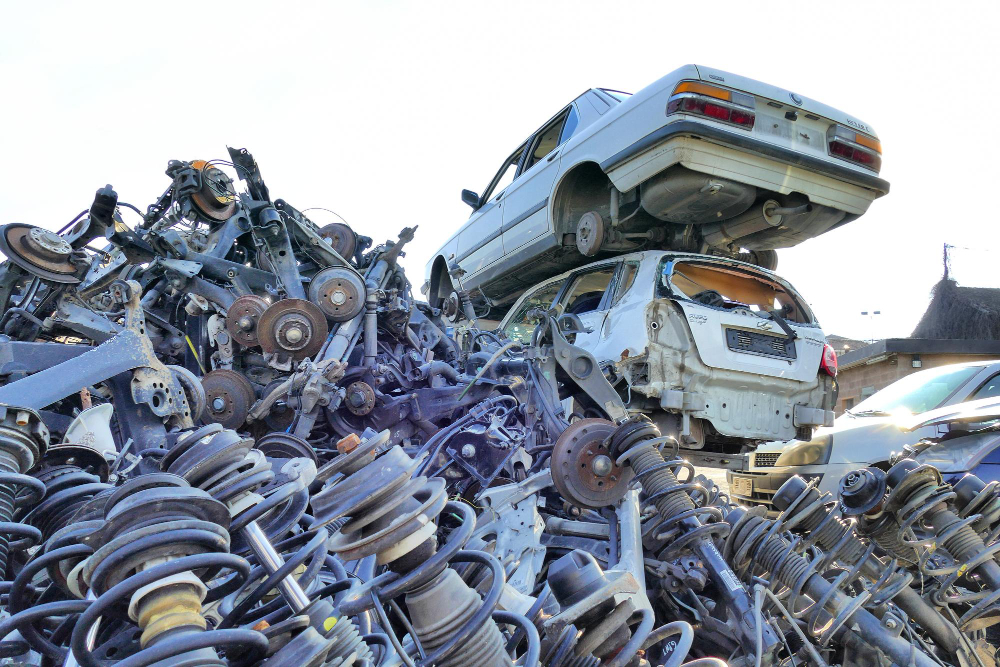In the island nation where every square metre carries consequence, the decision to scrap car singapore represents not merely the disposal of metal and machinery, but participation in an elaborate system designed to balance prosperity with spatial constraint. Singapore’s approach to vehicle ownership stands as one of the modern world’s most ingenious exercises in managing finite resources through economic incentive.
The Historical Context of Singapore’s Vehicle Management
Since the introduction of the Certificate of Entitlement in 1990, Singapore has operated under the principle that vehicle ownership must be earned through bidding, not merely purchased through transaction. This philosophy extends to the vehicle’s departure from service, where the government returns substantial sums to those who relinquish their automobiles before reaching their statutory limit.Understanding the PARF Rebate Mechanism
The Preferential Additional Registration Fee rebate forms the cornerstone of Singapore’s car scrapping incentive structure. When a vehicle first enters Singapore’s roads, its owner pays an Additional Registration Fee calculated against the car’s Open Market Value. This substantial upfront cost serves as the foundation from which rebates are later calculated. The Land Transport Authority establishes clear parameters: “only vehicles less than 10 years old qualify for PARF rebates.” Within this decade, the rebate diminishes according to a graduated scale:- First five years: 75% of the Additional Registration Fee returned
- Between five and six years: 70% rebate
- Between six and seven years: 65% rebate
- Between seven and eight years: 60% rebate
- Between eight and nine years: 55% rebate
- Between nine and ten years: 50% rebate
The Certificate of Entitlement Rebate
Where the PARF rebate rewards early retirement, the COE rebate operates on simpler mathematics. Every vehicle operates under a ten-year Certificate of Entitlement, purchased through competitive bidding at prices that fluctuate according to demand. Should an owner choose to deregister before this decade expires, the unused portion returns proportionally. The calculation follows basic arithmetic: the original Quota Premium multiplied by remaining months, divided by the 120-month total. A vehicle with 60 months remaining thus recovers precisely half its initial COE cost. The LTA specifies that “you may be entitled to rebates when you deregister your vehicle, depending on the type and age of your vehicle, and the remaining balance of your COE.”Qualifying for Singapore Scrap Car Rebates
Eligibility follows defined criteria. The vehicle must hold proper Singapore registration without interruption. It cannot have experienced lay-up periods from its registration date. All financial obligations to the LTA must be settled, and any outstanding loans cleared with finance companies. Furthermore, the LTA mandates that owners must provide “proof that your car has been scrapped within a month of de-registering your vehicle.” This deadline carries teeth: failure invites prosecution, potential fines reaching $2,000, or imprisonment extending to three months.The Practical Process of Vehicle Deregistration
Scrapping a car in singapore follows an established protocol. Owners approach LTA-appointed scrapyards or authorised export dealers, entities licensed to handle deregistration formalities. These facilities evaluate the vehicle comprehensively, assessing both its rebate entitlements and its physical worth as salvage. The total recovery comprises three distinct elements:- The PARF rebate, if the vehicle remains under ten years without COE renewal
- The COE rebate, calculated against remaining certificate duration
- Body value, determined by the dealer based on make, condition, and prevailing scrap metal prices

